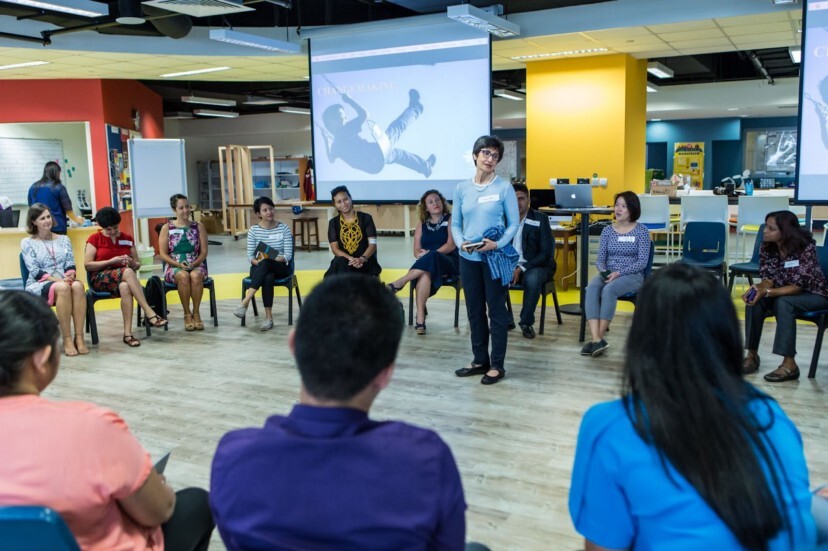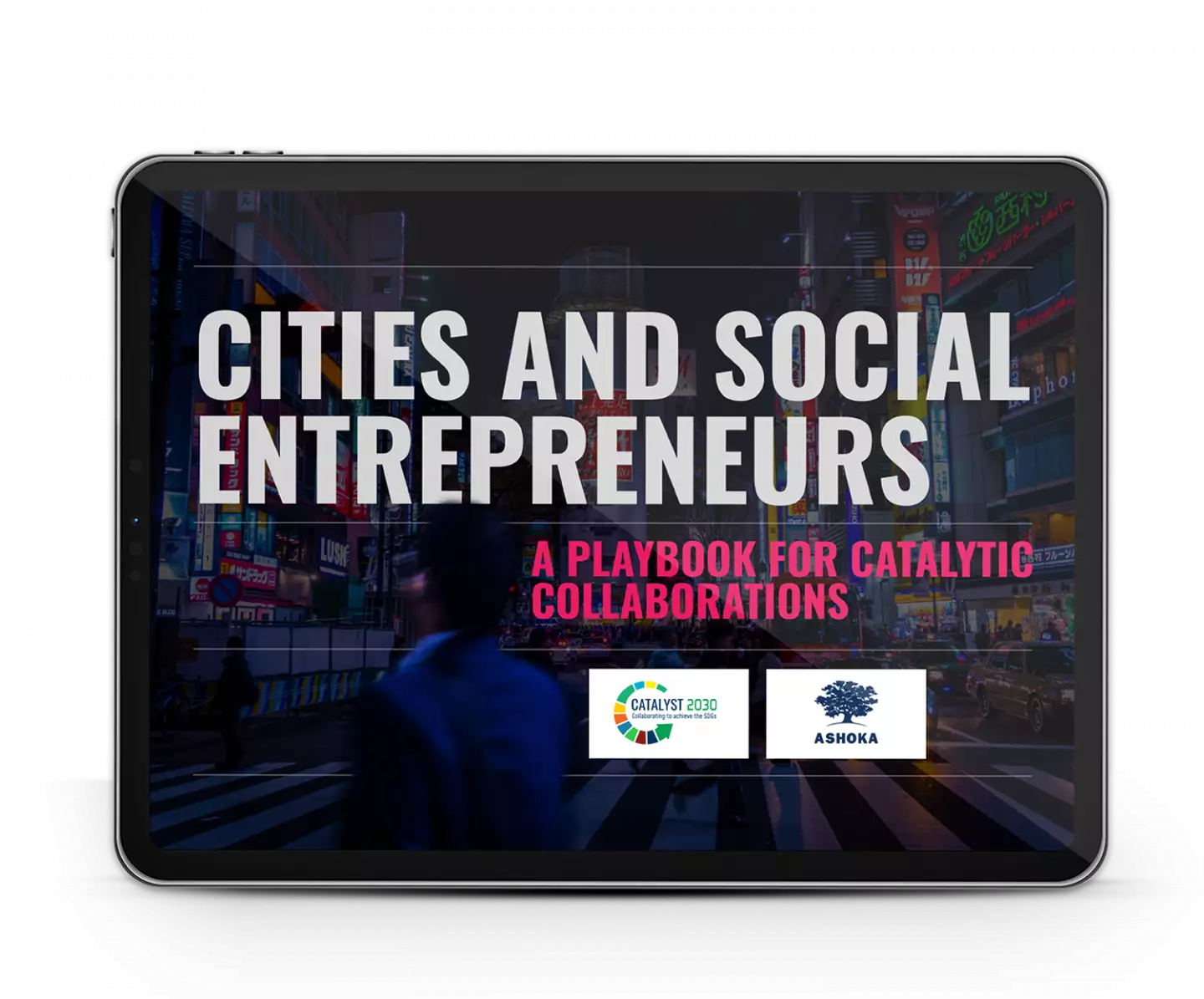
There is a growing interest among philanthropists and changemakers to explore opportunities that drive positive change in the field of mental health.
Whilst there is a significant body of research on the challenges affecting the sector, two main information gaps remain: (1) a lack of understanding of the problem “inside-out” from the perspective of persons living with mental health conditions; and (2) the dearth of any comprehensive analysis of the strategic opportunities to unlock the sector. Without these insights the scale and complexity of the mental health challenge makes the search for solutions daunting.
We believe that the work of leading social entrepreneurs, such as Ashoka Fellows, holds some answers to both these questions; given that their interventions are not limited to providing products or services, but are geared to transforming the way society itself approaches a problem. Driven by this vision of effecting systemic social change, Ashoka Fellows design, implement and refine their solutions informed by a process of empathetic inquiry. Their ideas are not developed as an isolated analytical or scientific endeavor but are co-created with people who are affected by the problem (it is also important to note that many of the social entrepreneurs featured in this report are themselves living with mental health conditions).
This process constantly provides them with unique insights and enables them to develop effective and equitable solutions which gain wide traction on-the-ground and influence the system at large. By synthesizing those ideas from social entrepreneurs, this report uncovers patterns in gaps and solutions. Rather than presenting a silver bullet, it reveals how solutions interface and work together within a global context.
This report:
- Explores an entrepreneurial perspective of the mental health sector, with a focus on innovative solutions;
- Correlates the most promising innovations in the field to identify cross-cutting design principles and barriers;
- Investigates different levers of change and ways in which these can be influenced;
- Identifies the most promising approaches and opportunities for the development of the field;


